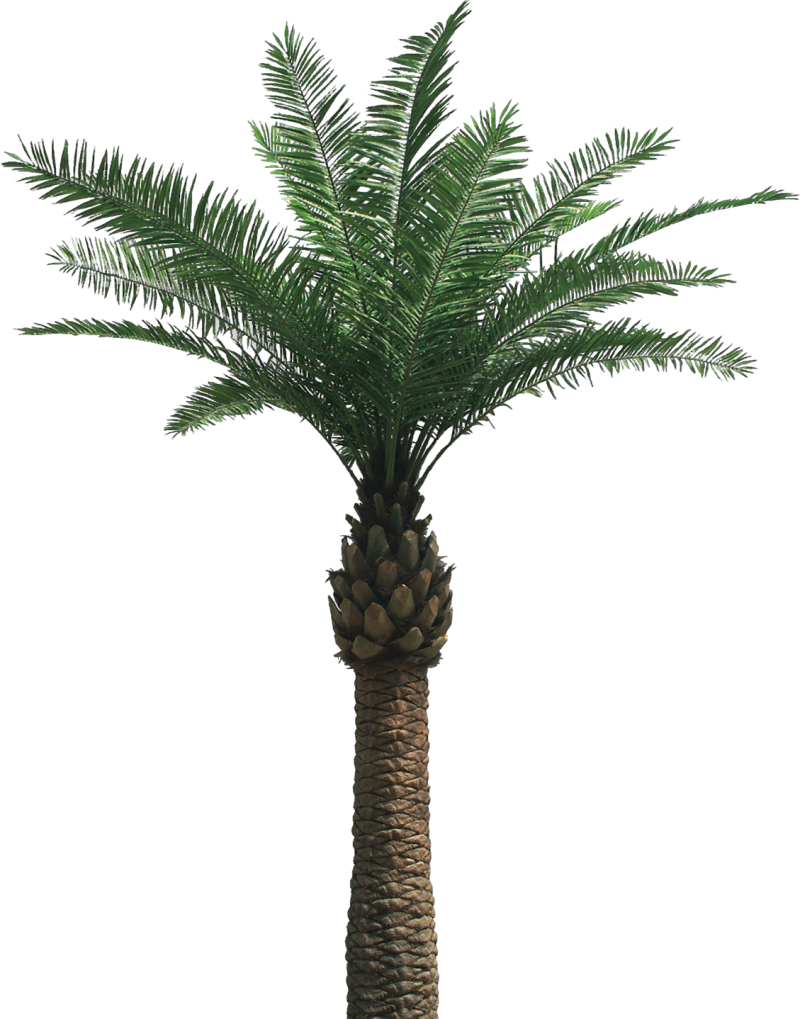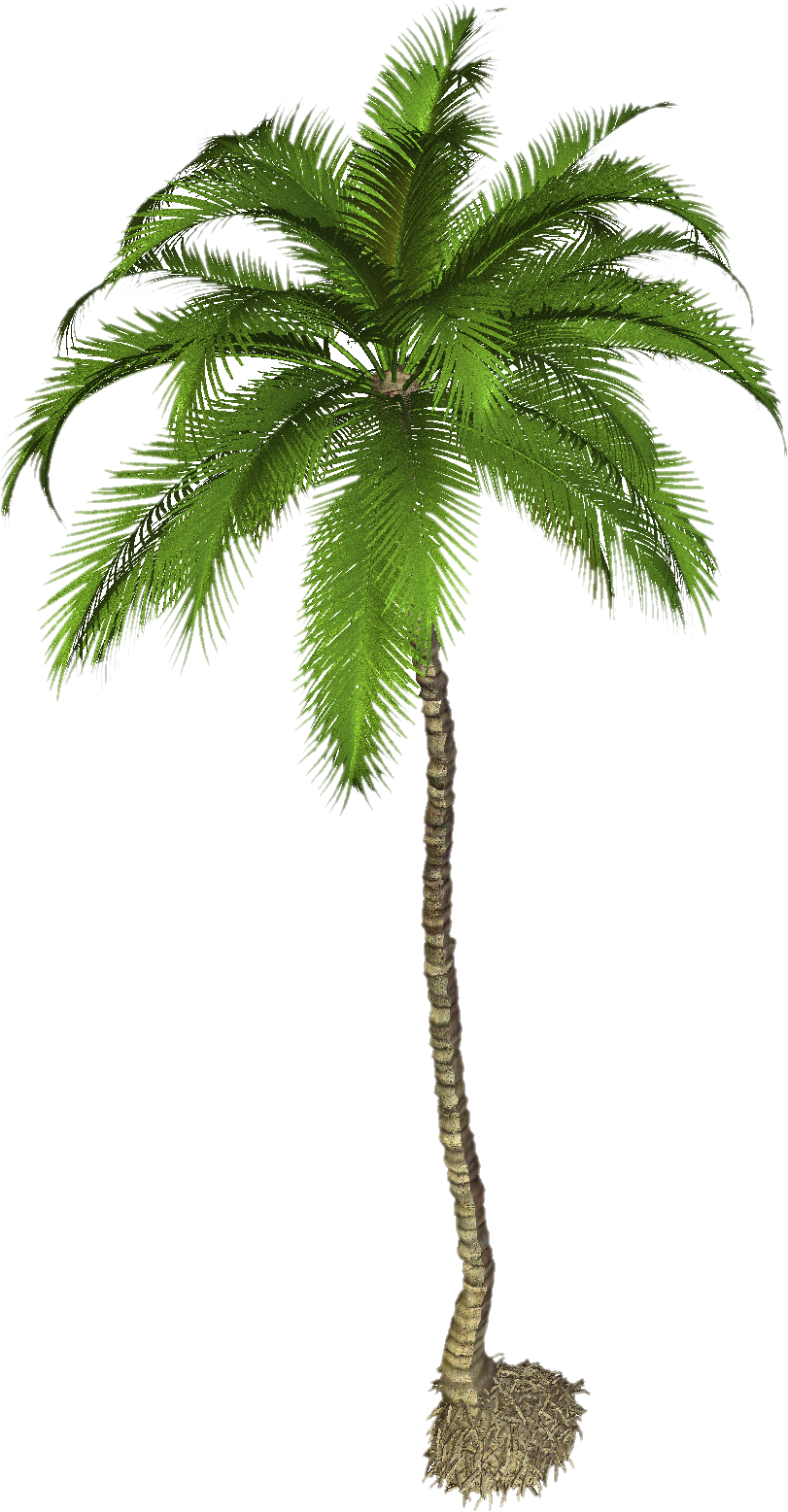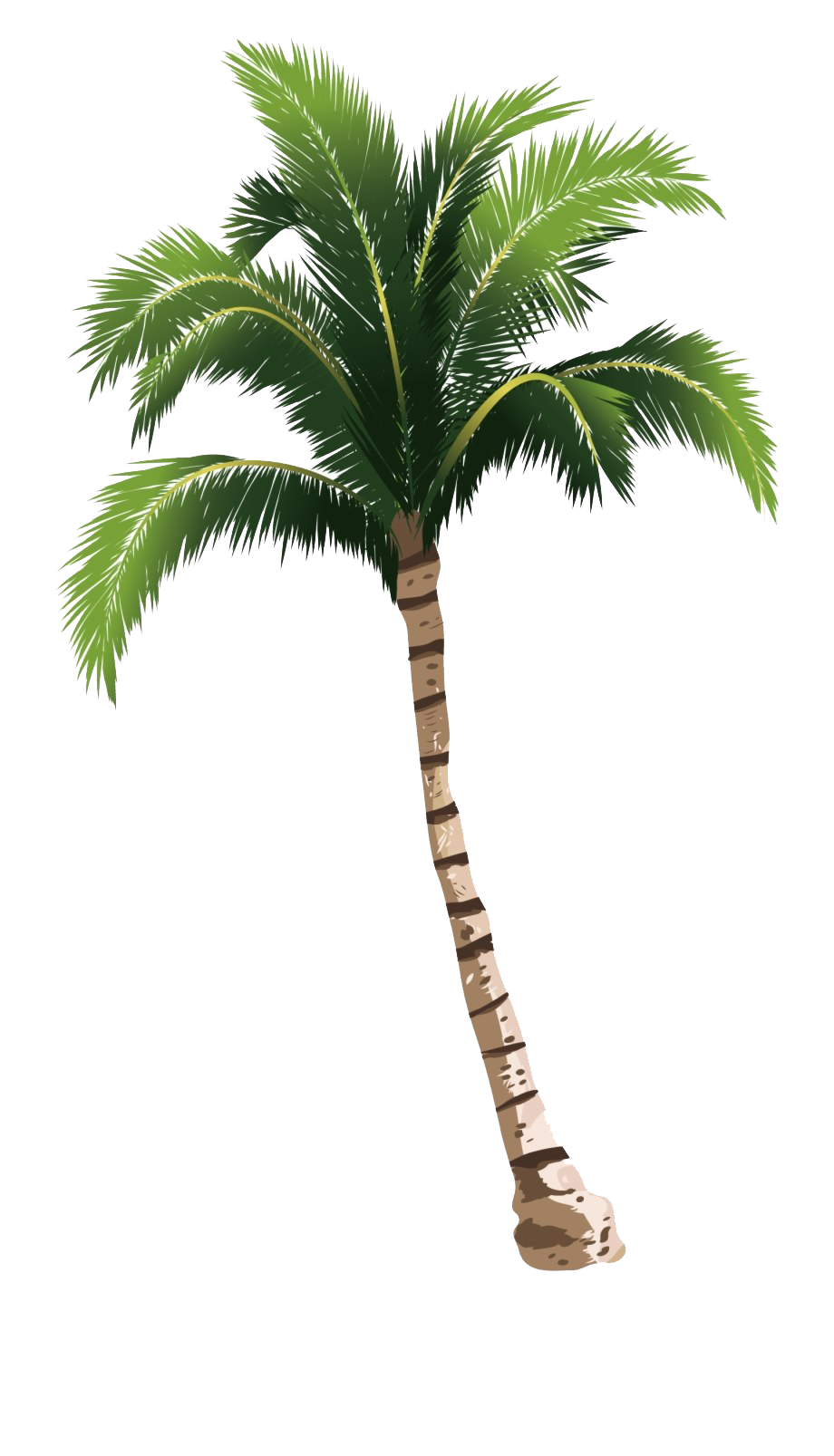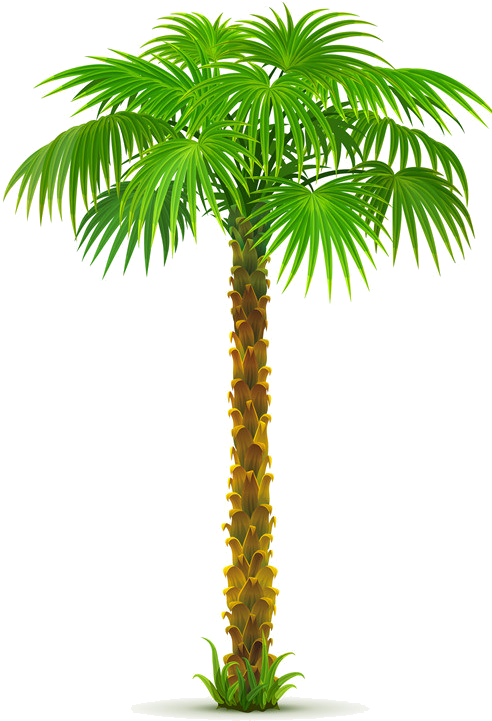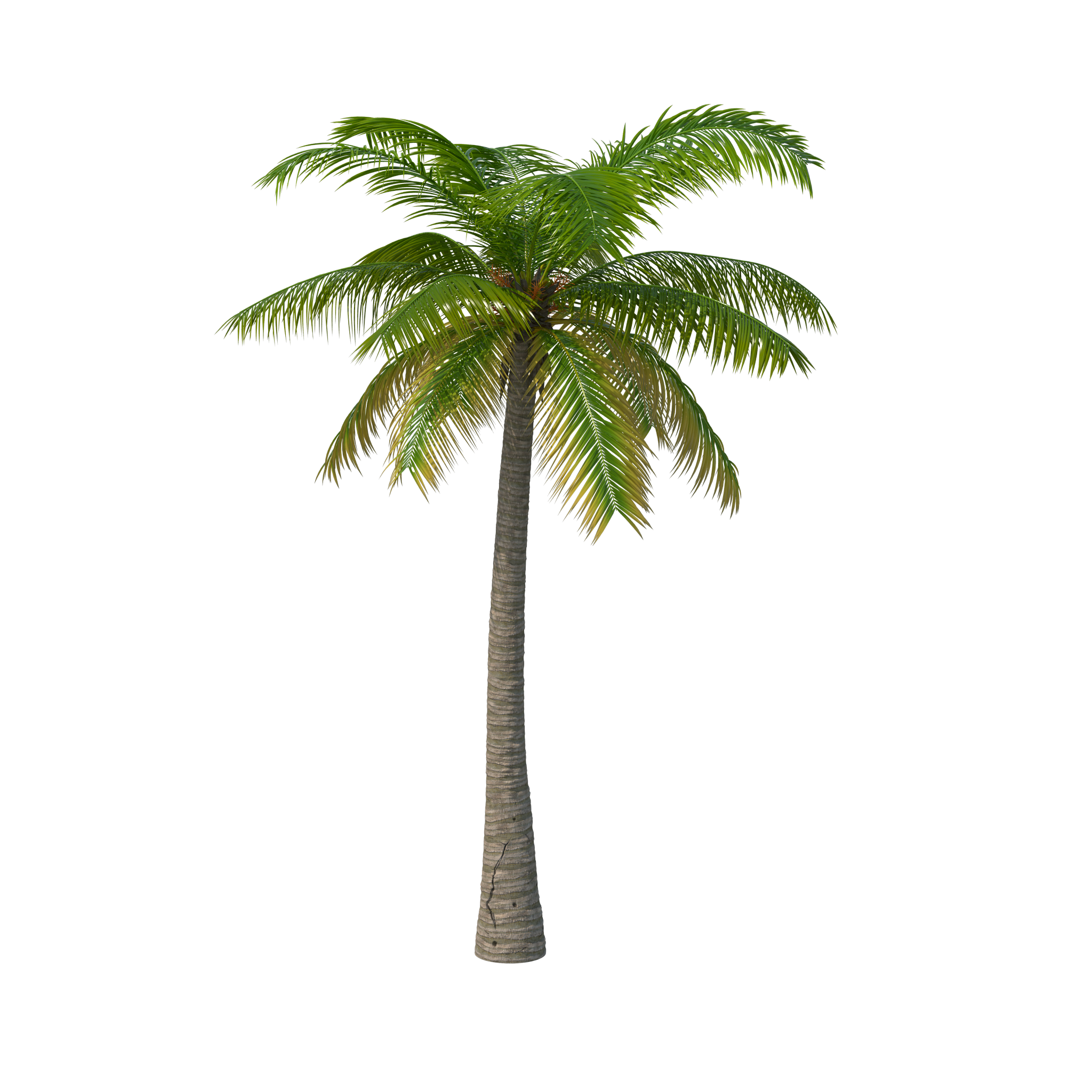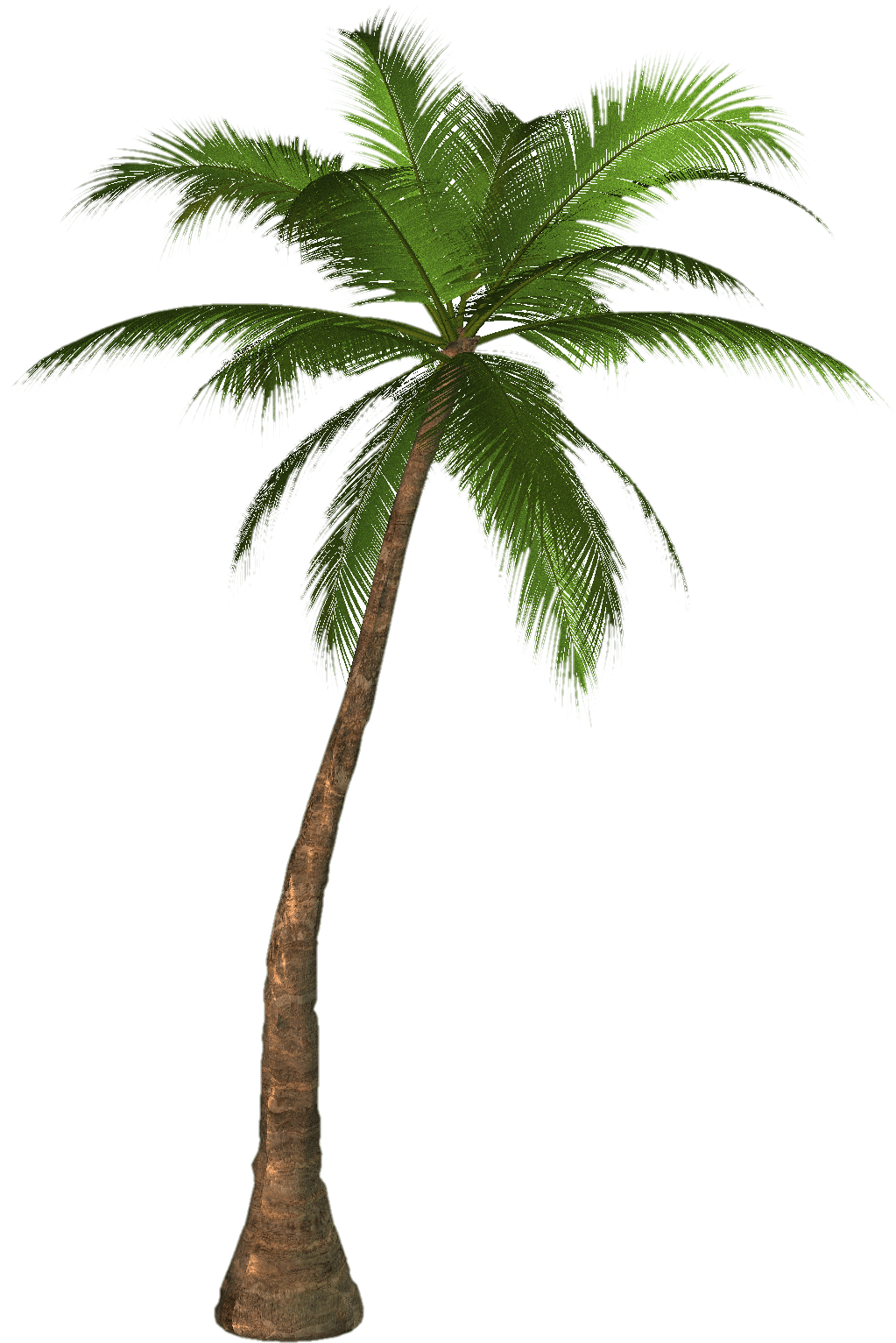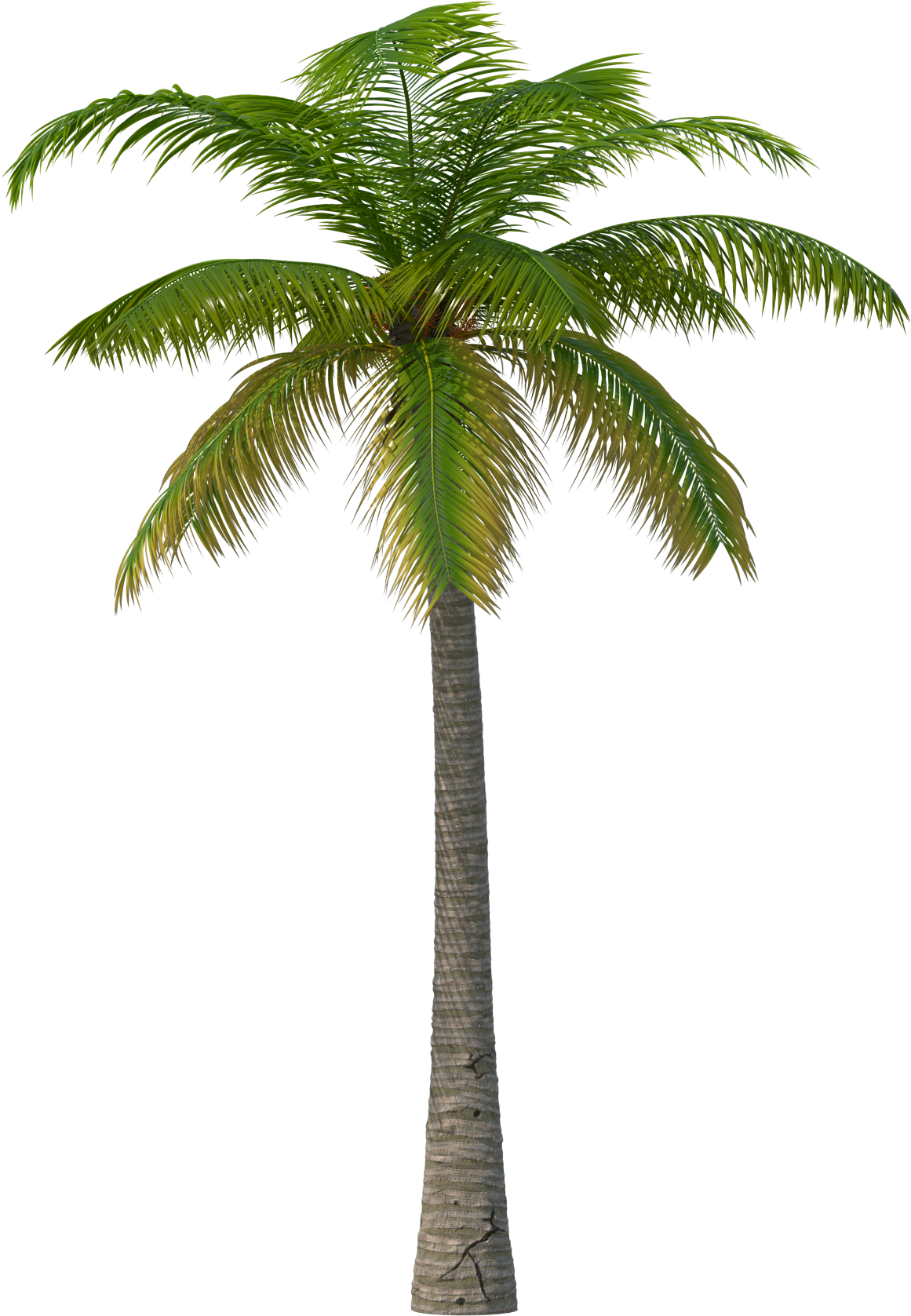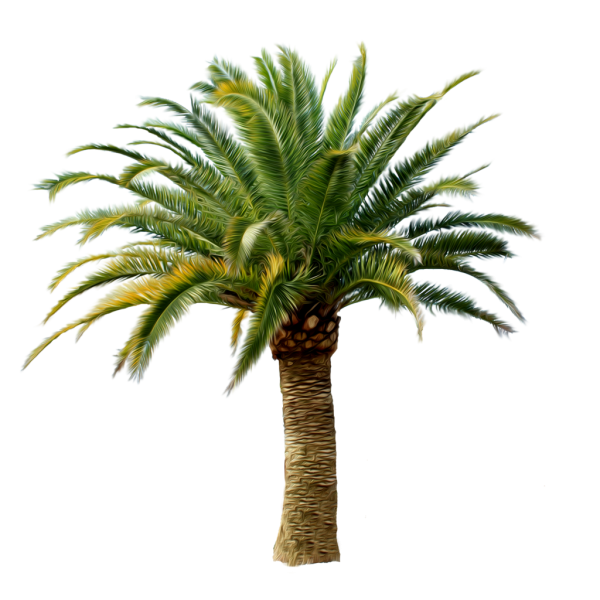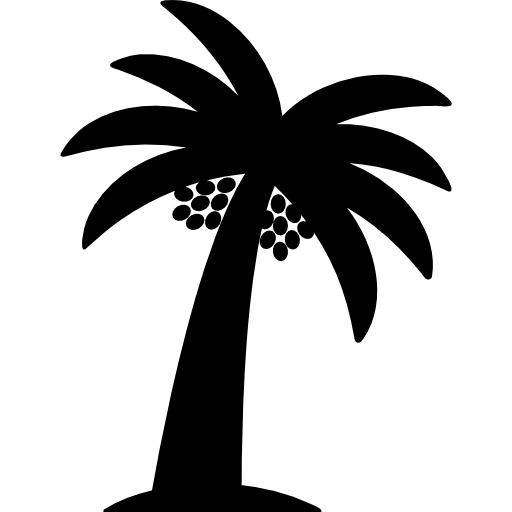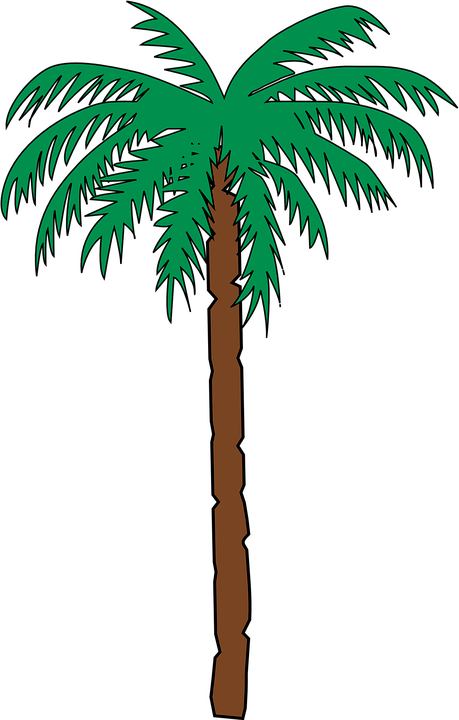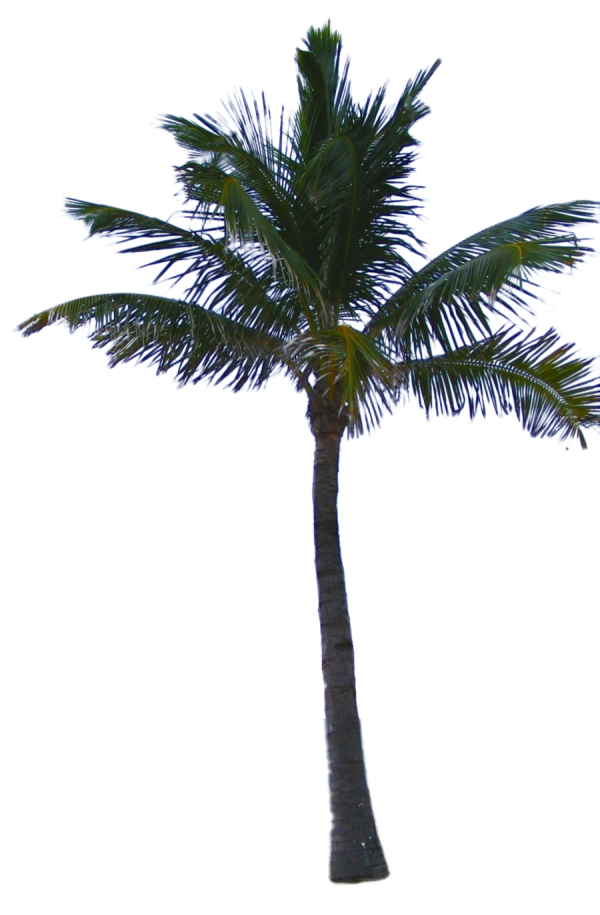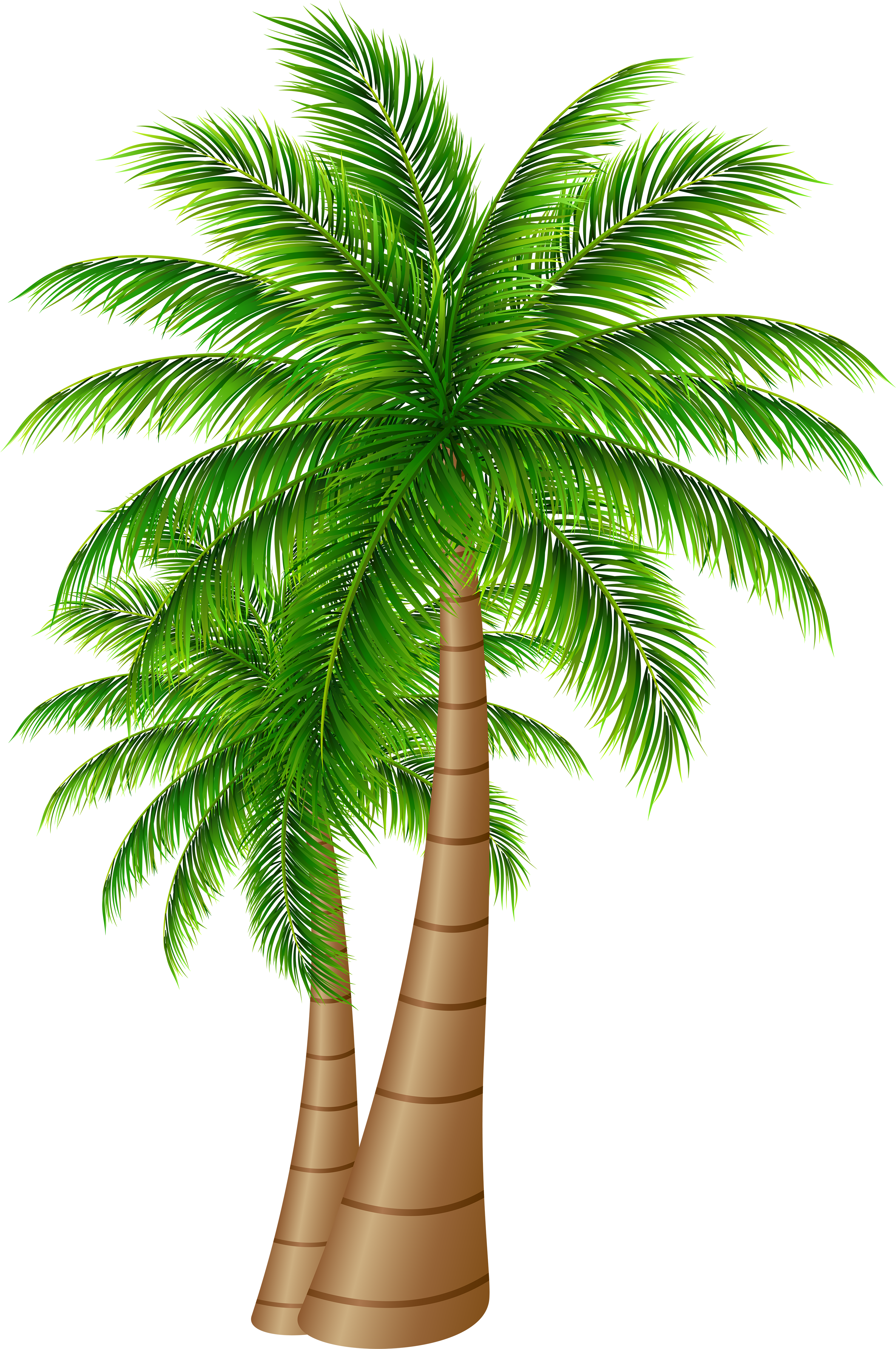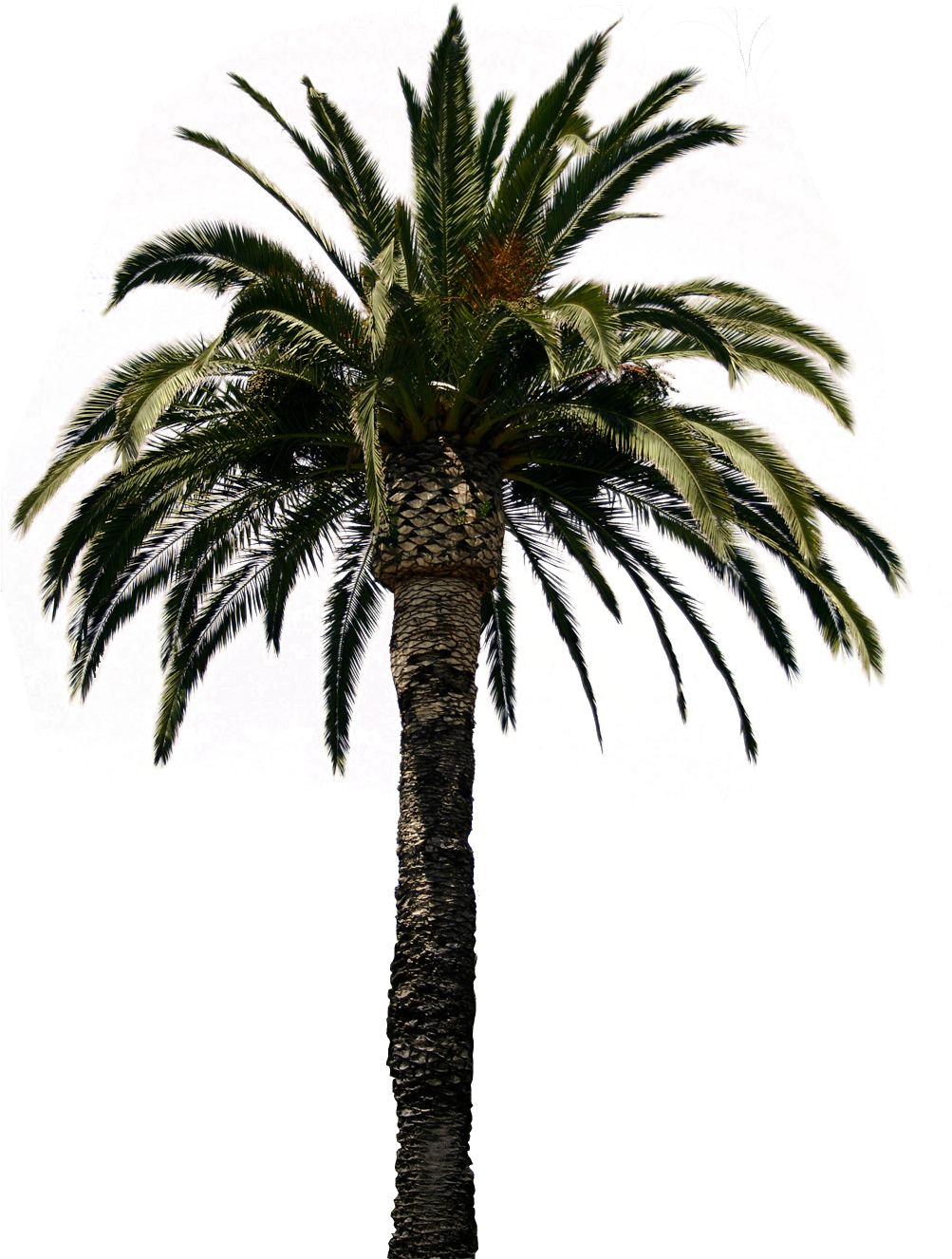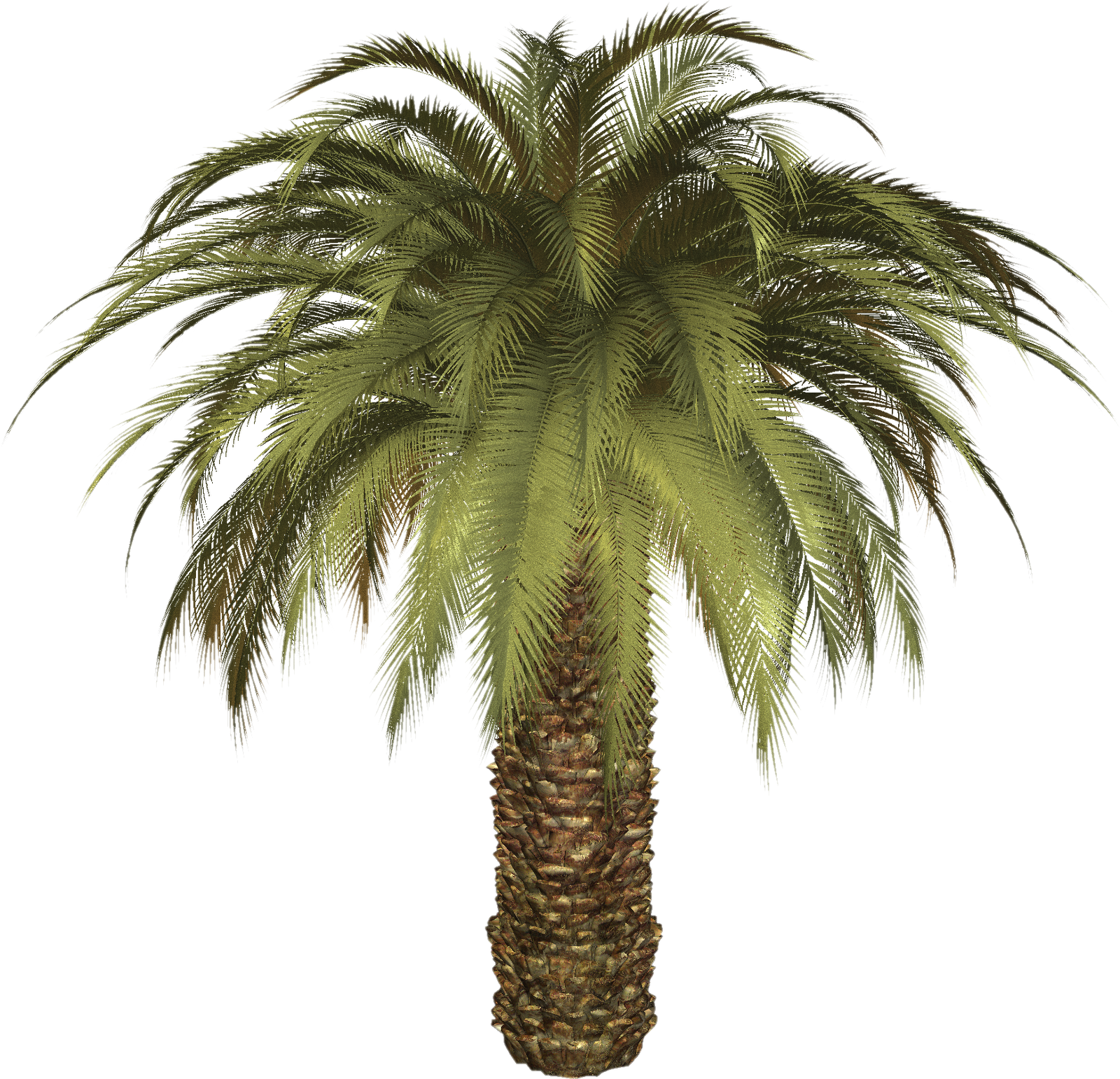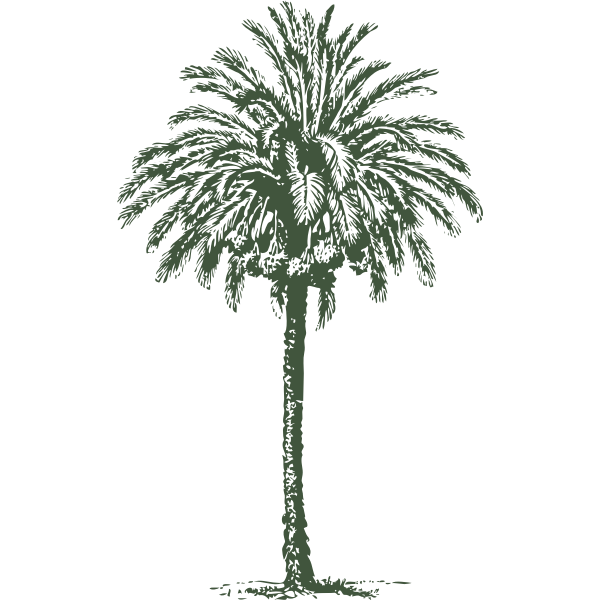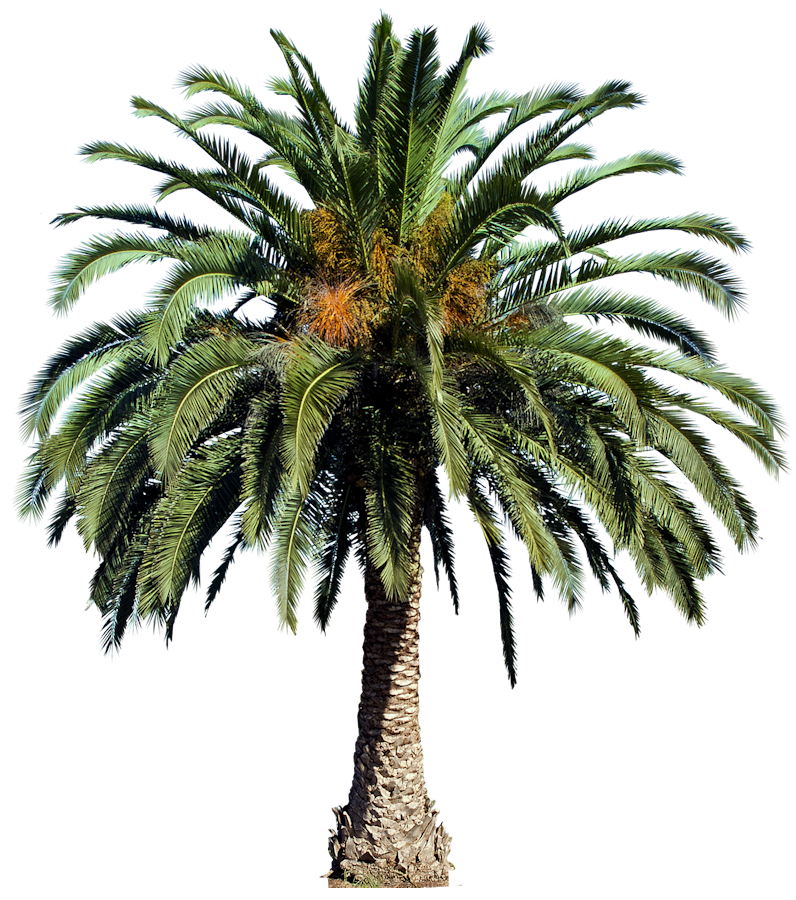Download top and best high-quality free Date Palm PNG Transparent Images backgrounds available in various sizes. To view the full PNG size resolution click on any of the below image thumbnail.
License Info: Creative Commons 4.0 BY-NC
Phoenix dactylifera, often known as date or date palm, is a flowering plant in the Arecaceae palm family that is grown for its delicious sweet fruit. The plant is commonly farmed in Northern Africa, the Middle East, and South Asia and in many tropical and subtropical locations across the world. The type species of the genus Phoenix, which includes 12″19 species of wild date palms, is the primary source of commercial production.
Date trees generally reach a height of 21″23 meters (69″75 feet), either individually or in clumps with several stems emerging from a single root system. Date fruits (dates) are oval-cylindrical in shape, measuring 3 to 7 centimetres (1 to 3 in) in length and 2.5 centimetres (1 in) in diameter, with a brilliant red to bright yellow color depending on variety. Dates are highly sweet, containing 61″68 percent sugar by mass when dried, and are eaten as sweets on their own or in confections.
For thousands of years, dates have been grown throughout the Middle East and the Indus Valley. Date farming has been observed in Arabia from the sixth millennium BCE. Date production in the globe totals 8.5 million metric tons per year, with Middle Eastern and North African nations producing the most.
Because of its lengthy cultivation, the actual origin of the date palm is unknown; some sources claim it originated in the Fertile Crescent region spanning Egypt and Mesopotamia, while others claim it is native to the Persian Gulf region or possibly western India. The date palm has been around for at least 50 million years, according to fossil records.
Dates have been cultivated since ancient times, from Mesopotamia to prehistoric Egypt, and are a staple food of the Middle East and the Indus Valley. There is archaeological evidence of date cultivation in Mehrgarh around 7000 BCE, a Neolithic civilization in western Pakistan, and in eastern Arabia between 5530 and 5320 BCE. The fruits were used to produce date wine and were eaten during harvest time by the ancient Egyptians. Cultivation evidence may be discovered throughout the Indus Valley’s subsequent civilizations, including the Harappan era (2600 to 1900 BCE). The fruit was used to create wine, vinegar, bread, and cakes by the ancient Hebrews, who also used the fruit stones to feed cattle and the wood to build tools.
The palm fronds employed in triumphal processions in Ancient Rome were almost certainly those of Phoenix dactylifera. Although it would not yield fruit in the more temperate climate of Italy, the date palm was a favorite garden plant in Roman peristyle gardens. It may be found in paintings from Pompeii and other parts of Italy, including a garden scene from the House of Alexander’s Wedding.
Later on, merchants disseminated dates throughout southwest Asia, northern Africa, and Spain. The Spaniards brought dates to Mexico and California around 1765, at Mission San Ignacio.
The Judean date palm, for example, is known for its long-lived orthodox seed, which grew after being inadvertently stored for 2000 years. The maximum period that properly kept seeds can survive is unknown.
Domesticated date palm varieties from North Africa, including well-known varieties like Medjool and Deglet Nour, are a hybrid between Middle East date palms and the Cretan wild palm P. theophrasti, according to a genomic study from New York University Abu Dhabi Center for Genomics and Systems Biology. Date palms first occur in North African archaeological records around 2,800 years ago, suggesting that the Minoans or Phoenicians disseminated the hybrid.
Download Date Palm PNG images transparent gallery.
- Date Palm Tree
Resolution: 800 × 1019
Size: 619 KB
Image Format: .png
Download
- Date Palm Tree PNG Cutout
Resolution: 811 × 1557
Size: 941 KB
Image Format: .png
Download
- Date Palm PNG
Resolution: 4000 × 5676
Size: 1335 KB
Image Format: .png
Download
- Date Palm PNG Free Image
Resolution: 920 × 1607
Size: 673 KB
Image Format: .png
Download
- Date Palm Tree PNG Pic
Resolution: 492 × 721
Size: 332 KB
Image Format: .png
Download
- Date Palm PNG Images HD
Resolution: 2048 × 2048
Size: 4080 KB
Image Format: .png
Download
- Date Palm
Resolution: 1023 × 1533
Size: 284 KB
Image Format: .png
Download
- Date Palm Tree PNG Images
Resolution: 920 × 1021
Size: 498 KB
Image Format: .png
Download
- Date Palm No Background
Resolution: 1764 × 1500
Size: 270 KB
Image Format: .png
Download
- Date Palm PNG Picture
Resolution: 1161 × 1677
Size: 1473 KB
Image Format: .png
Download
- Date Palm Transparent
Resolution: 636 × 211
Size: 92 KB
Image Format: .png
Download
- Date Palm Tree PNG Image
Resolution: 512 × 512
Size: 35 KB
Image Format: .png
Download
- Date Palm PNG Cutout
Resolution: 600 × 600
Size: 329 KB
Image Format: .png
Download
- Date Palm Tree PNG File
Resolution: 512 × 512
Size: 53 KB
Image Format: .png
Download
- Date Palm Tree PNG Photo
Resolution: 512 × 512
Size: 10 KB
Image Format: .png
Download
- Date Palm PNG HD Image
Resolution: 459 × 720
Size: 125 KB
Image Format: .png
Download
- Date Palm PNG Images
Resolution: 600 × 915
Size: 412 KB
Image Format: .png
Download
- Date Palm PNG Image
Resolution: 3269 × 4919
Size: 9741 KB
Image Format: .png
Download
- Date Palm PNG Photos
Resolution: 1181 × 1181
Size: 1214 KB
Image Format: .png
Download
- Date Palm PNG File
Resolution: 1003 × 1326
Size: 1463 KB
Image Format: .png
Download
- Date Palm PNG Photo
Resolution: 1600 × 1542
Size: 3222 KB
Image Format: .png
Download
- Date Palm PNG Image HD
Resolution: 557 × 697
Size: 65 KB
Image Format: .png
Download
- Date Palm PNG Pic
Resolution: 517 × 555
Size: 69 KB
Image Format: .png
Download
- Date Palm PNG Clipart
Resolution: 600 × 600
Size: 138 KB
Image Format: .png
Download
- Date Palm Tree PNG
Resolution: 796 × 900
Size: 1085 KB
Image Format: .png
Download
